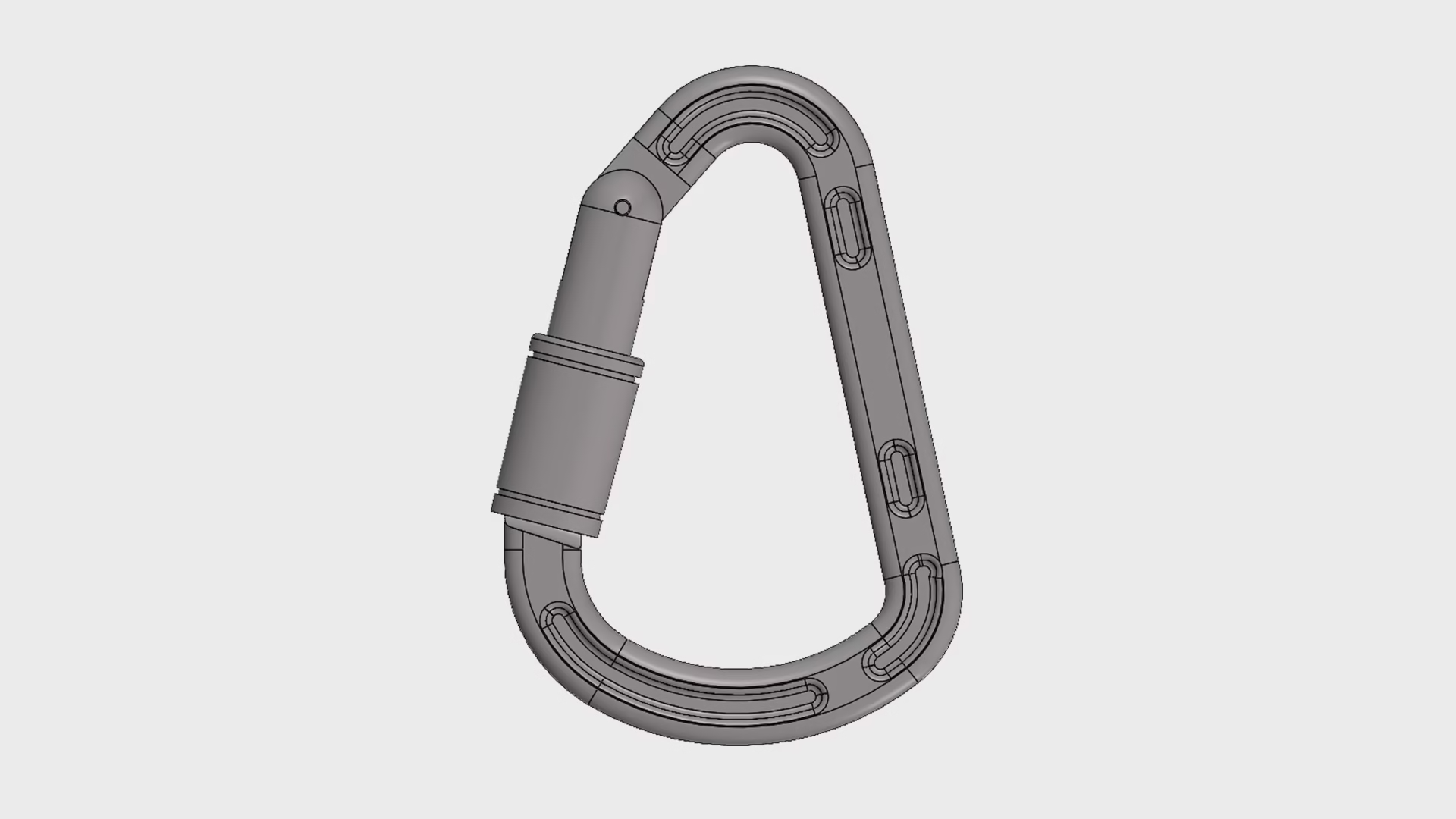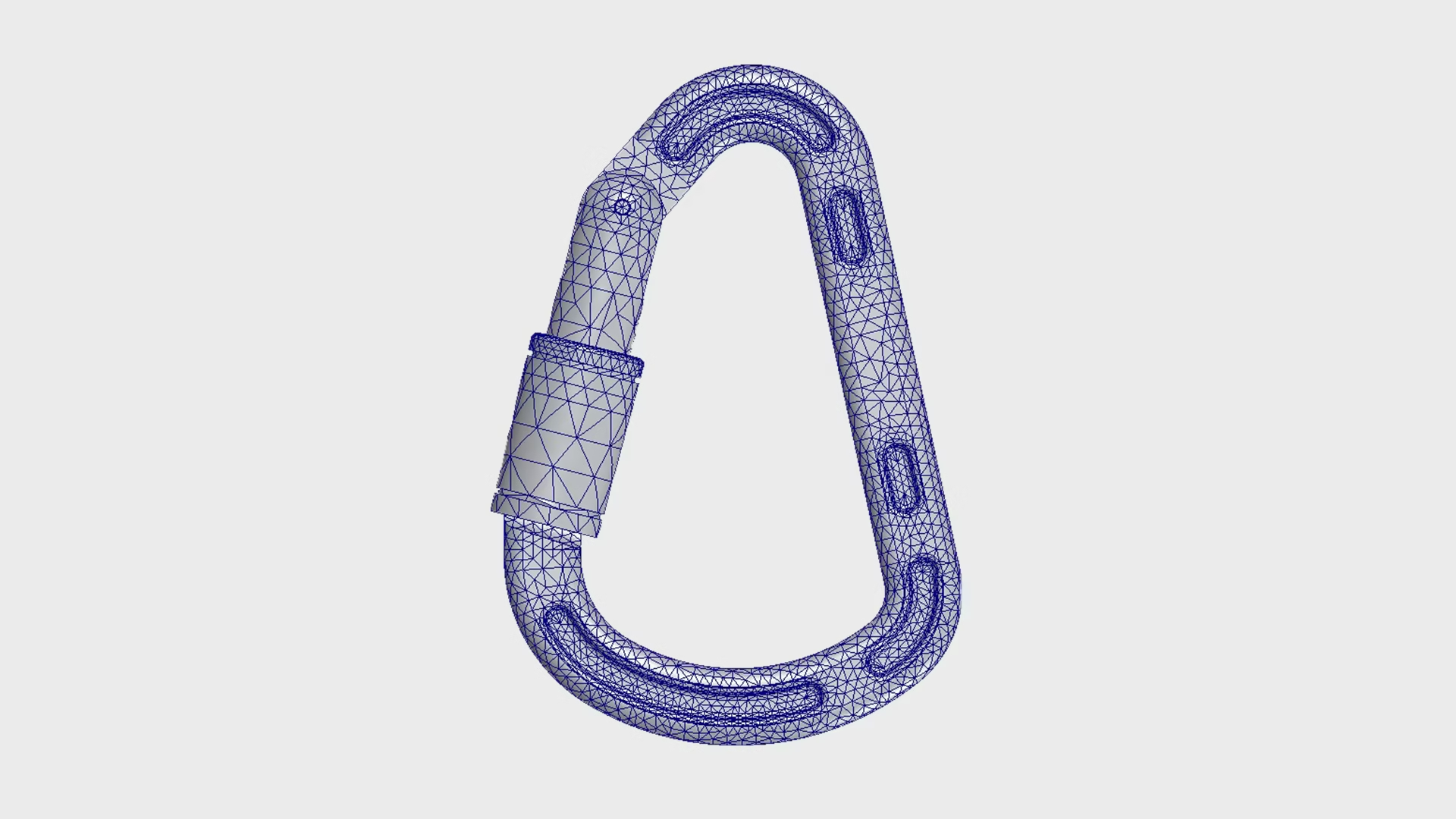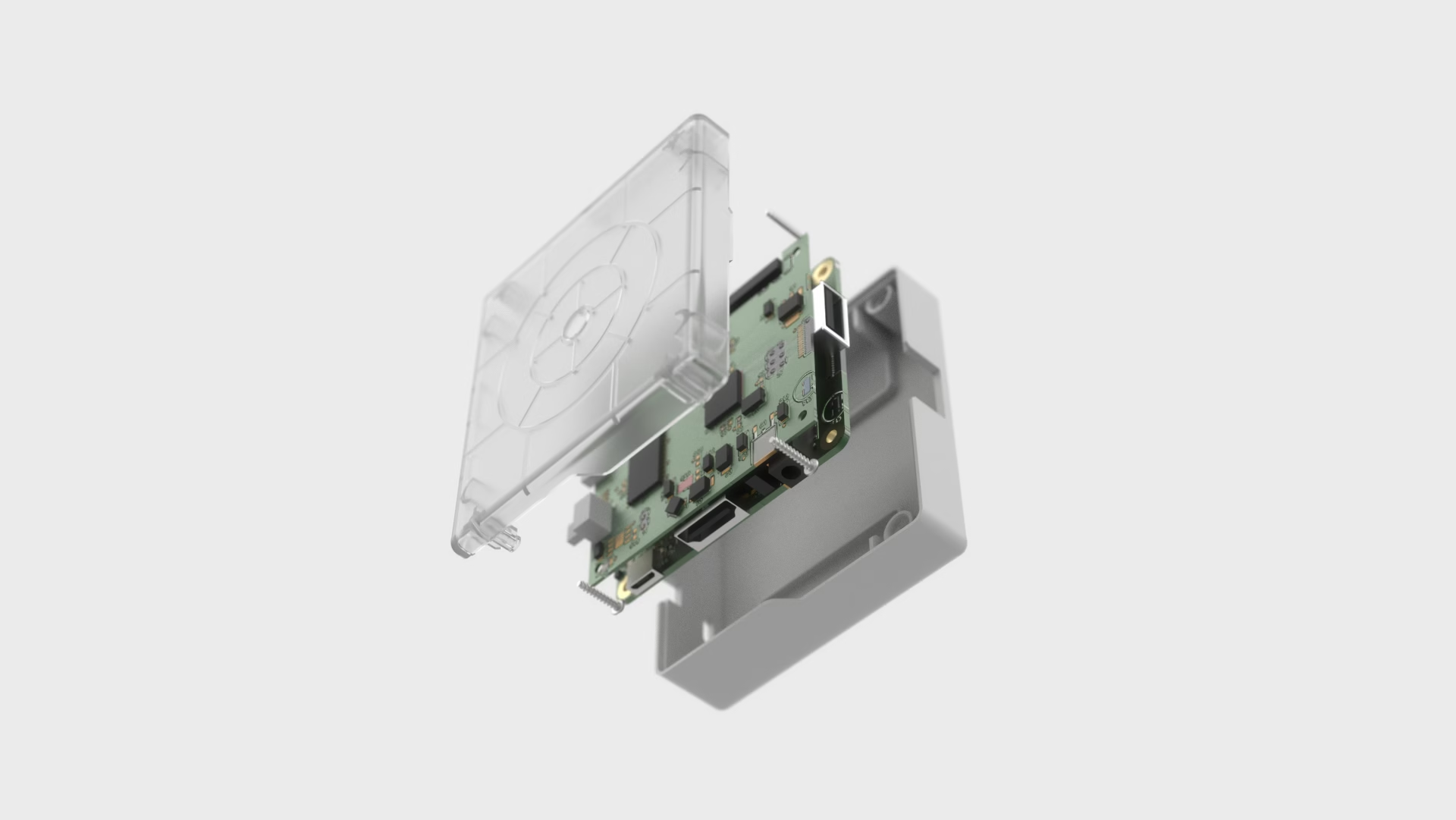What is it Finite Element Analysis?
Finite element analysis (FEA) is a computer-aided engineering (CAE) tool that is used to model and analyze the behavior of a product or system under various load conditions. It involves using mathematical calculations, models, and simulations to model physical forces and identify vulnerabilities in the design of prototypes
It is based on the finite element method (FEM), which is a numerical technique that is used to approximate the behavior of a product or system by dividing it into small, interconnected elements, which are then reconnected through points called nodes
FEM is a widely used and powerful tool in modern product design. FEM simulation has greatly reduced the time it takes to develop products from concept to final design. Testing and development are accelerated through improved initial prototype design using FEM simulation.
When and why you should consider using FEA in developing product?
When designing a product that will be subjected to mechanical loads and manual calculations are too complicated: FEA can be used to evaluate the performance of a product under various load conditions, such as stress, strain, and deformation. This can help you optimize the design and reduce the risk of failure.
When prototyping is cost-prohibitive or time-consuming: By using FEA, you can simulate the behavior of a product without having to physically build and test prototypes, which can save time and money.
Don't just trust the pretty pictures from FEA simulations, make sure to also check with real-life tests or hand calculations to ensure they're accurate
When you need to optimize the design according specific requirements: Optimize stress, mass, heat, and other variables before the project’s production stage to achieve optimum results.
To obtain a better understanding of structural behavior and eliminate uncertainty during the design phase: FEA can be used to predict the behavior of a product under various load conditions, which can help you better understand the structural behavior of the product and reduce uncertainty during the design phase.
When you need to improve the safety of a product: FEA can be used to identify potential failure modes and help you design a product that is safe and reliable.
FEA includes the following steps:
- Define the problem: The first step in any FEA is to clearly define the problem you are trying to solve. What do you want to achieve? (improved strength, reduced mass, etc)? If your goals aren’t clear then the FEA process is pointless!
- Create a geometry: Define a geometry of a structure or object. In a finite element analysis (FEA), a 3D model is a digital representation of a product or system that is being analyzed. Usually you already have 3d CAD model that can be used for FEA
- Pre-processing: In the pre-processing stage, you will create a finite element model of the product or system that you want to analyze. This involves creating a mesh of the model, defining the material properties and boundary conditions, and specifying the loads that will be applied to the model.
- Solution: Once the model has been created, the FEA software will solve the problem by calculating the behavior of the model under the specified load conditions. This involves
- Post-processing: After the solution has been calculated, you will need to interpret the results of the analysis. This involves visualizing the results, such as stress and strain distributions, and evaluating the performance of the model against the specified criteria.
- Validation: It is important to validate the results of the FEA to ensure that the model is accurate and the results are reliable. This may involve comparing the results of the FEA to physical testing or other analytical methods.
- Optimization: If necessary, you can use the results of the FEA to optimize the design of the product by identifying areas where the design can be improved or modified to meet the performance criteria.
Conclusion
FEA helps engineers, manufacturers, and designers speed up tprocess and simplify their work by reducing design and manufacturing costs, optimizing designs through material evaluation, and minimizing material waste. It is important for various industries and can provide key insights that can make a project successful.
FEA helps you build better products by allowing you to optimize the design, reduce prototyping costs, and improve the safety of our products..
If you have important functional questions about your design, it is likely a good candidate for evaluation with FEA. Quality results from FEA require the right capabilities, expertise, and experience. Contact us to learn more about how it can be applied to your application.








